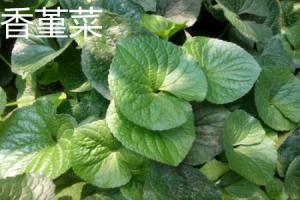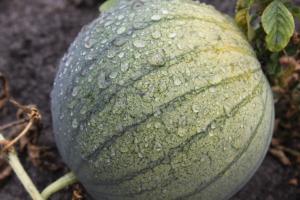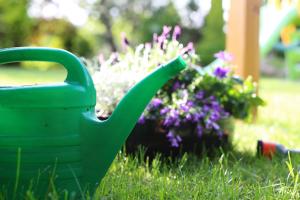How to Prune a Dwarf Plum Tree after Planting
Pruning is an essential process in maintaining a healthy and fruitful plum tree. It helps to develop a good structure, increase air circulation, encourage new growth, and reduce the risk of diseases. Pruning a dwarf plum tree is necessary to keep it strong, manageable, and productive. In this article, we will discuss how to prune a dwarf plum tree after planting.
Step 1: Assess the Tree
The first step in pruning a dwarf plum tree is to assess the overall health and structure of the tree. Take a careful look at the branches and identify any damaged, diseased, or dead wood. Also, identify any branches that are crossing, rubbing, or growing in the wrong direction.
Remove any branches that are dead, diseased, or damaged. These branches can serve as an entry point for pests and diseases, which can harm your tree. Also, remove any branches that are growing in the wrong direction or crossing. These branches can cause congestion and reduce air circulation, which can lead to other issues.
Step 2: Prune for Structure
Once you have removed any dead, diseased, or damaged branches, focus on pruning for structure. The goal is to create an open center or vase-shaped structure with a central leader. This will allow for better light penetration, air circulation, and overall health of the tree.
To achieve this, remove any branches that are growing too closely together or are weaker than others. Focus on keeping the strongest and most vertical branches while removing the weaker and more horizontal ones.
Step 3: Prune for Fruit Production
Pruning for fruit production involves thinning out the tree to allow for more light to penetrate and stimulate new growth. About 25-30% of the previous year's growth should be removed to encourage new growth and fruit production.
Focus on pruning the top of the tree to allow for more light to penetrate to the lower branches. Remove any inward-facing branches as they block the flow of air and light. Also, remove any upright branches that may block light from reaching lower branches.
Step 4: Prune Annually
Pruning a dwarf plum tree should be done on an annual basis to maintain the structure and productivity of the tree. The best time to prune is in late winter or early spring, before bud break. This timing is ideal as it reduces the risk of damage to new growth and reduces the spread of diseases.
Regular pruning will also encourage new growth and increase overall fruit productivity. It is important to always use clean, sharp tools when pruning to reduce the risk of disease transmission and to make clean, precise cuts.
Conclusion
Pruning a dwarf plum tree after planting is crucial to ensure its long-term health and fruit productivity. It is important to assess the tree's health and structure before pruning and to focus on creating an open center or vase-shaped structure with a central leader. Pruning for fruit production involves thinning out the tree and removing any branches that block light and air circulation. Finally, pruning should be done annually, using clean and sharp tools to reduce the risk of disease transmission.

 how many times do yo...
how many times do yo... how many planted tre...
how many planted tre... how many pine trees ...
how many pine trees ... how many pecan trees...
how many pecan trees... how many plants comp...
how many plants comp... how many plants can ...
how many plants can ... how many plants and ...
how many plants and ... how many pepper plan...
how many pepper plan...






























